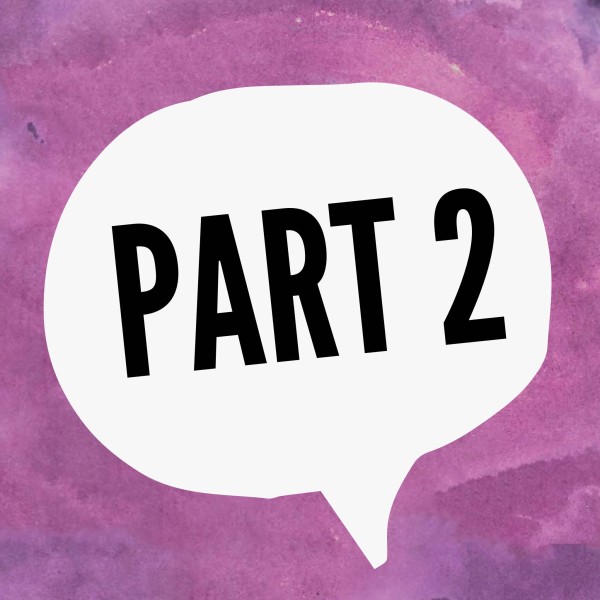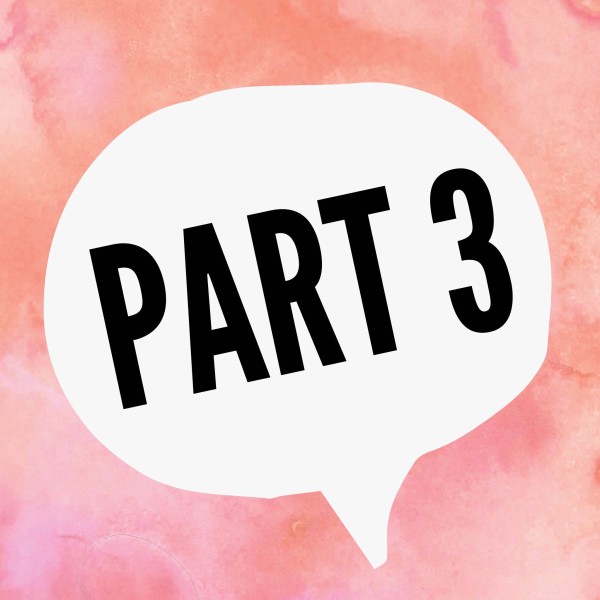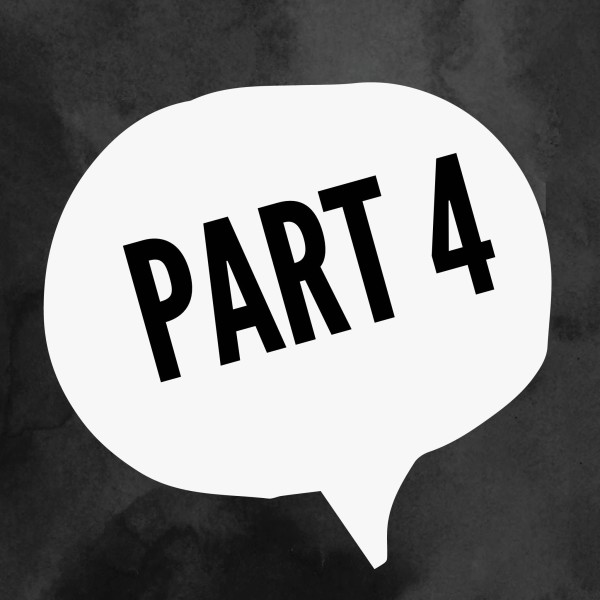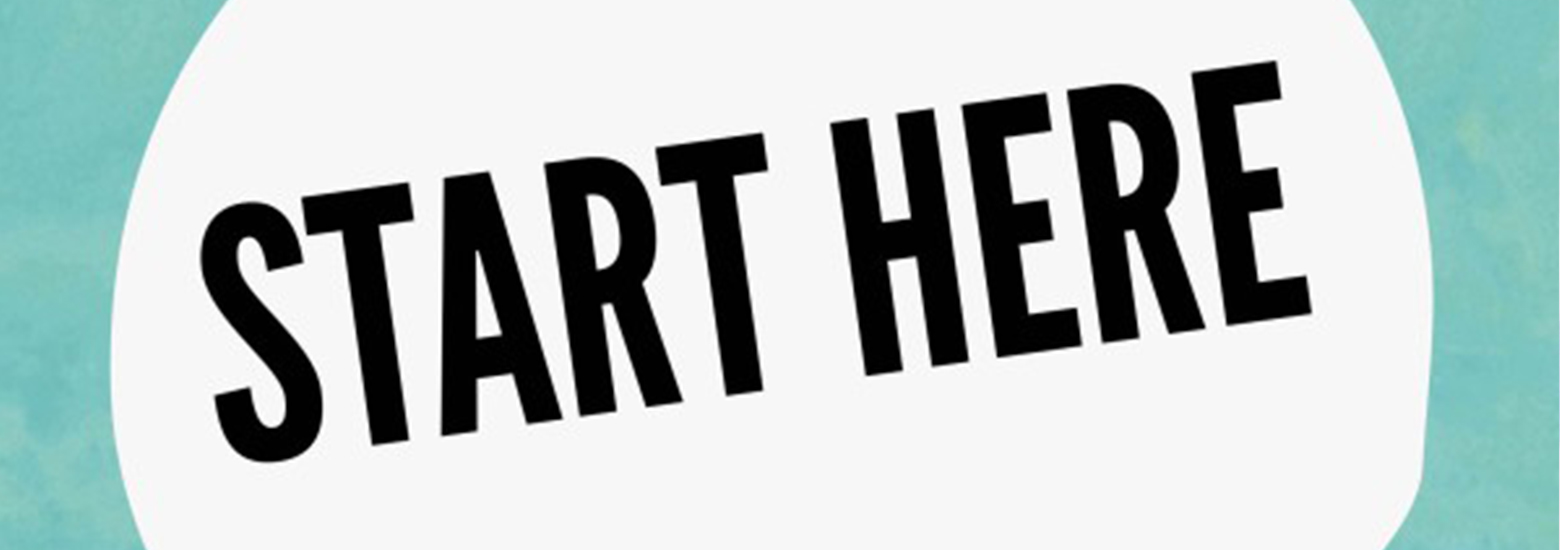
Using Cultural Safety and Humility to Become a Better Graphic Facilitator
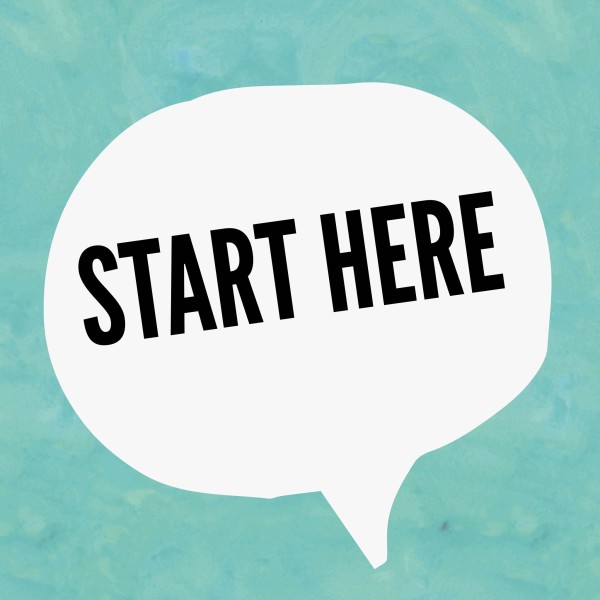 I’m a graphic facilitator, and I want to plant a seed for other non-Indigenous practitioners who work with First Nations, Métis, and Inuit communities. The seed is Cultural Safety. Cultural Safety means that I work in a particular kind of way—with Cultural Humility—when I work with Indigenous people and others who are different from me. This is a four part blog series.
I’m a graphic facilitator, and I want to plant a seed for other non-Indigenous practitioners who work with First Nations, Métis, and Inuit communities. The seed is Cultural Safety. Cultural Safety means that I work in a particular kind of way—with Cultural Humility—when I work with Indigenous people and others who are different from me. This is a four part blog series.
Many visual practitioners work cross-culturally, and it’s never been more timely to grow our collective skills together around an issue that is complex, challenging, and also deeply rewarding. Visual Practitioners use our considerable visual and facilitation skills to create—and see!—a more profound level of behavioural, interpersonal, and structural change. For these reasons, I believe Cultural Safety is an emerging core competency for visual practitioners.

In this new blog series, I explore the concepts of Cultural Safety and Cultural Humility, and its importance to my work as a visual practitioner. The full article can also be found in our new book, Drawn Together through Visual Practice. Specifically, I propose that we enlist our heads, hearts, and minds to support this work (jump ahead by clicking on the buttons above). This structure has helped me in concrete ways to be a better graphic facilitator.
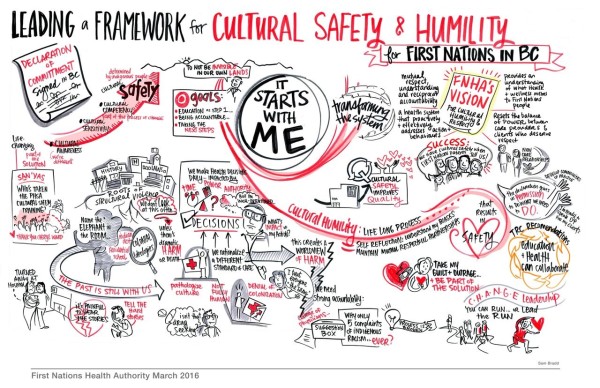
But first, let me tell you a story.

Participants’ hearts are tender after a workshop on Cultural Safety from an Indigenous-specific perspective. I’ve just finished graphic recording this workshop and a white, middle-aged nurse approaches me and my drawings at the front of the room. After workshops that explore the inequities that First Nations people experience from mainstream society, I feel like I’m a magnet for people to spill their guts. She says,
“One night, late in the emergency room, I was the nurse on duty. An Aboriginal man was slurring his words. I figured he was drunk. But it turned out he was a stroke survivor. I chalked it up to a mistake and brushed it off. And now I feel ashamed. Where did I learn that?”
The nurse is looking directly at me, with urgency. So we talk. I point to a small part of my larger image and say, “We’re all on this learning journey. We make mistakes but we have to try.” I feel her discomfort, but shame and guilt only take us so far. I invite her to take three steps to the left with me. Now we stand before a giant interactive wall where participants are writing their “Commitments to Cultural Safety” in their health work. Offering my markers, I say, “Do you have a small action you can take today?”
She says, “no, I don’t.” It might be three steps, but some people feel resistance in going from reflection to action. So we read some of the other statements together.
And finally she says, “I do have something. The next time my colleague says something about ‘those people,’ I’m going to speak up.” And she grabbed a purple Sharpie and wrote her commitment in big letters on the wall. And then she underlined it. I felt something shift in that moment.
Like with many moments of transformation, it’s not the what that changes us. It’s the how. Getting her to take those three steps towards her own commitment wall took a very long 10 minutes. It also takes two lifetimes—because transformation starts with me, too.
DEFINING CULTURAL HUMILITY AND CULTURAL SAFETY
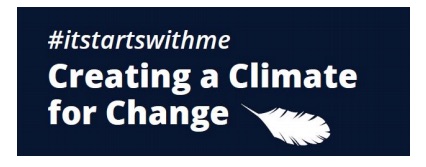 “Cultural humility is a process of self-reflection to understand personal and systemic biases and to develop and maintain respectful processes and relationships based on mutual trust. Cultural humility involves humbly acknowledging oneself as a learner when it comes to understanding another’s experience.”
“Cultural humility is a process of self-reflection to understand personal and systemic biases and to develop and maintain respectful processes and relationships based on mutual trust. Cultural humility involves humbly acknowledging oneself as a learner when it comes to understanding another’s experience.”
“Cultural safety is an outcome based on respectful engagement that recognizes and strives to address power imbalances inherent in the healthcare system. It results in an environment free of racism and discrimination, where people feel safe when receiving health care.”
Read more here: http://www.fnha.ca/wellness/cultural-humility
Do you work in health care? Award-winning Sanyas program training: http://www.sanyas.ca/
PLANTING A SEED FOR CULTURAL SAFETY AND HUMILITY
Recently, I graphically recorded four health events in seven days. Three Indigenous health events referenced the impacts of Residential School and separation from culture as a current social determinant of health. The fourth event, about province-wide seniors’ health, made no mention of Indigenous patients at all. Afterwards, I wanted to put all the people in one room to show the gaps in who and what we’re talking about.
Using graphic facilitation is an opportunity to learn about First Nations cultures, different ways of facilitating meetings, and the richness that visuals can bring to group conversations. I listen for stories of resilience, success, and ways to connect to culture: illustration can model holistic ways of knowing in powerful ways, better than a linear list. Graphic facilitation can create an environment that encourages dialog and helps people explore difficult issues that a more “traditional” meeting may not be able to probe. Indigenous community members, leaders, and clients have commented that graphic facilitation approaches connect to the rich oral and artistic traditions of First Nations cultures, and that this art-based approach is an effective way of supporting traditional ways of meeting and talking together.
GUIDING THE WORK: A NATIONAL AGENDA FOR RECONCILIATION
As I close out this introductory post, it’s an important time to consider my context. I’m writing from Canada, as a non-Indigenous, specifically White, graphic facilitator located on the traditional, ancestral, and unceded Musqueam, Tsleil-Waututh and Squamish Territories (Vancouver, British Columbia). In 2015, Canada closed the Truth and Reconciliation Canada Commission (TRC) and provided 94 recommendations, many related to health and education. This was a national process to address the impact and legacies of the Indian Residential School era. This opportunity for national soul-searching enables us to see what else is connected – the inherent right of Indigenous self-government, honoring treaties, restoring education, child welfare and wellness systems, dismantling unjust funding models – and take action.
